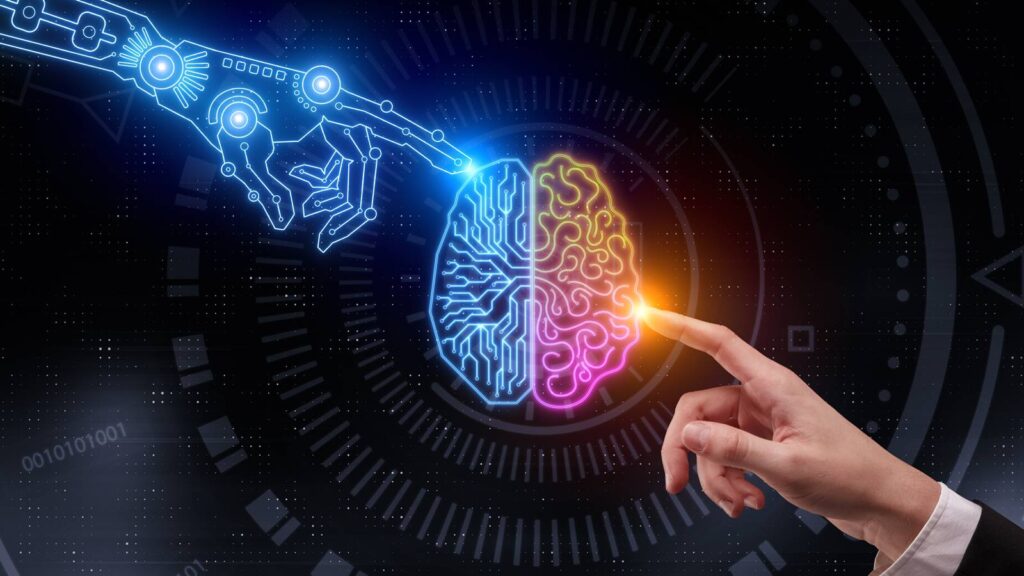The projected $15.7 trillion contribution of Artificial Intelligence by 2030 highlights its transformative potential, driving widespread adoption across sectors. As we approach this revolution, we will need to figure out which tasks can be effectively tackled with Machine Learning (ML). So, how do you effectively solve problems with Machine Learning (ML)?
Effective problem-solving with Machine Learning boils down to four key factors:
- Pattern
- Environment
- Validation
- Dimension

Solve Problems with Machine Learning: Yay or Nay?
In today’s business landscape, data reigns supreme, but do we really need AI to navigate its complexities? While it may seem appealing to tout AI-powered solutions, the reality is often more nuanced. Thus, there’s a growing need to educate ourselves on the problems that AI and machine learning (ML) can effectively solve.
Google suggests focusing on problem understanding before diving into AI development, ensuring that solutions are tailored to real-world challenges. Rather than rushing to architect algorithms and make assumptions about data attributes and volume, it’s essential to dedicate ample time to understanding the problem statement thoroughly.

Step One: Identify Patterns to Solve Problems with Machine Learning
The concept of a pattern revolves around using AI to analyze data effectively. Once you thoroughly understand the problem, you start exploring potential solutions. This involves testing different versions of the model to uncover weaknesses and refine it further.
Documenting your progress is crucial, as it helps capture both successful outcomes and lessons learned from failures. This accumulated knowledge guides your intuition as a data scientist when identifying solvable problems for ML.
Another key aspect is data availability. Without data, even the most advanced models are useless. If necessary, you can use publicly available data or simulate data for your business case. However, the model’s predictive power relies heavily on having relevant attributes with significant signals.
The quantity of data needed depends on the complexity of the ML task. Machine Learning’s effectiveness to solve a problem correlates directly with data quality, so it’s essential to include only relevant features and eliminate noise.
Choosing the best model from numerous hypotheses and experiments can be challenging. Ideally, the best model generalizes well to unseen data. Creating an evaluation dataset that mirrors real-world scenarios is crucial for assessing the model’s performance in production. Running the best model on this dataset helps determine its true efficacy.

Step 2: Building Machine Learning Models for Environments
What is the environment? Simply put, it is the setting for which is Machine Learning Model is built. Developing a machine learning model for dynamic environments is tricky. A dymanic environment where there are multiple variables. It’s crucial to set realistic expectations for the model.
Creating models for such dynamic environments requires deep knowledge of the field. It’s not just about fancy algorithms but also understanding the intricacies of the environment in question. So, effective ML models here need both technical skills and nsights.
Let us look at this with an example.
Problem-Solving with Machine Learning: Predicting Stock Exchange Prices
- There will be constantly changing factors, both micro and macro-economic. Stock prices fluctuate due to various factors like market sentiment, economic indicators, and news events.
- Realistic expectations involve comparing model performance to what an average person with basic stock market knowledge could achieve, rely on basic patterns to make decisions.
- An unrealistic expectation would be to expect the model to give results akin to a seasoned expert who has learned nuances and intuitions through repeated trial and error.
Did you know there are many Open Source ML environments available for you to get started?

Step 3: Validate the Machine Learning Model
Before beginning the modeling process, it’s crucial to understand how the model’s performance relates to business objectives. Scientific metrics like Precision, Recall, RMSE, and ROC-AUC are commonly used to assess model performance, but it’s essential to consider their impact on business outcomes.
For example, achieving an 80% Precision score may seem good, but how does it affect conversion rates and revenue?Validation of model predictions is important. This involves establishing a consensus on how human experts will evaluate the model’s output.
In essence, it’s about ensuring that the model’s performance metrics align with real-world business goals and that its predictions are evaluated in a meaningful way by experts.

Step Four: Consider the Dimensions
The fourth factor you need to consider before applying AI and ML to problem-solving is the dimensions. As more factors are considered, the estimate becomes more accurate but performing calculations manually becomes challenging. Machine learning excels in mining data associations on large datasets, providing more accurate predictions compared to human experts, making it easier for you to solve problems.
Let’s also consider this with an example.
Problem-Solving with Machine Learning: Predicting Housing Market Trends
Estimating house market value involves considering factors like area, number of rooms, and age of the house.
Initially, correlating price with area gives a rough estimate but may not be accurate. Considering additional factors like number of rooms, age of the house, proximity to amenities like schools and medical facilities improves accuracy.
